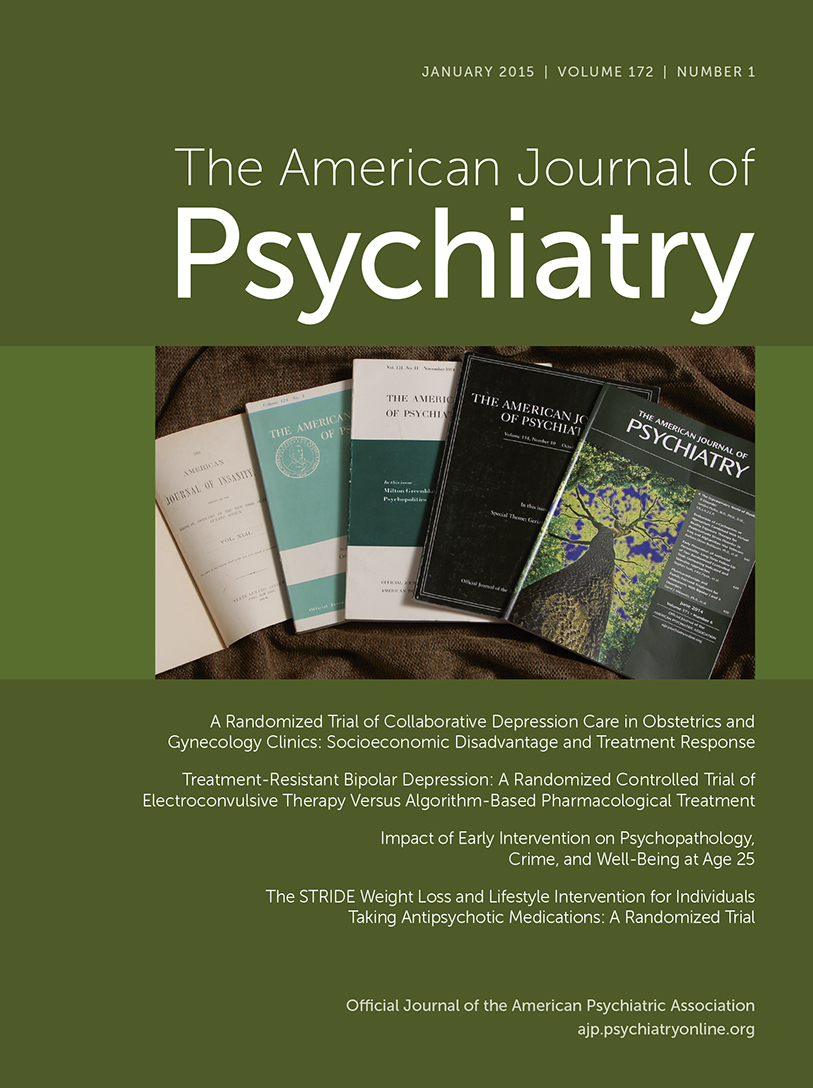Sensory Processing Dysfunction in the Personal Experience and Neuronal Machinery of Schizophrenia
Abstract
Sensory processing deficits, first investigated by Kraepelin and Bleuler as possible pathophysiological mechanisms in schizophrenia, are now being recharacterized in the context of our current understanding of the molecular and neurobiological brain mechanisms involved. The National Institute of Mental Health Research Domain Criteria position these deficits as intermediaries between molecular and cellular mechanisms and clinical symptoms of schizophrenia, such as hallucinations. The prepulse inhibition of startle responses by a weaker preceding tone, the inhibitory gating of response to paired sensory stimuli characterized using the auditory P50 evoked response, and the detection of slight deviations in patterns of sensory stimulation eliciting the cortical mismatch negativity potential demonstrate deficits in early sensory processing mechanisms, whose molecular and neurobiological bases are increasingly well understood. Deficits in sensory processing underlie more complex cognitive dysfunction and are in turn affected by higher-level cognitive difficulties. These deficits are now being used to identify genes involved in familial transmission of schizophrenia and to monitor potentially therapeutic drug effects for both treatment and prevention. This research also provides a clinical reminder that patients’ sensory perception of the surrounding world, even during treatment sessions, may differ considerably from others’ perceptions. A person’s ability to understand and interact effectively with the surrounding world ultimately depends on an underlying sensory experience of it.



